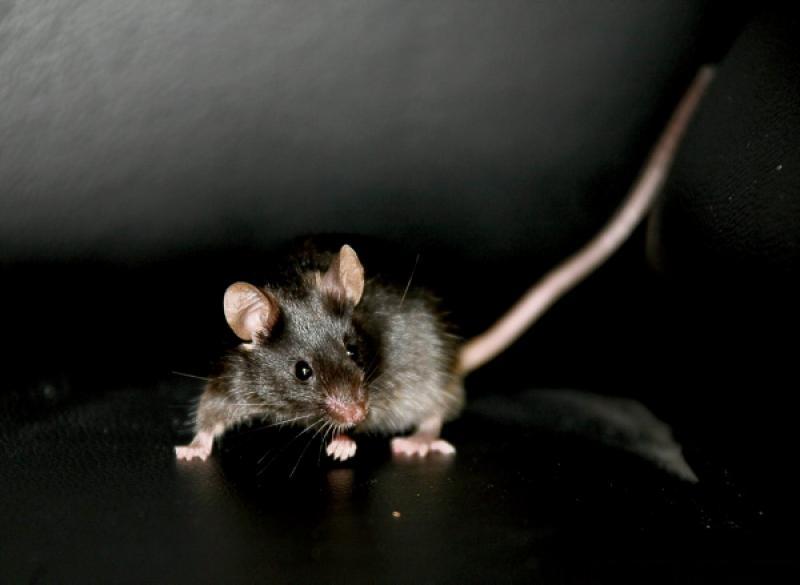Ah, the pitter-patter of little feet overhead. Wait a minute, the kids aren’t home. And haven’t been for years.
But somebody’s kids are, and not just their kids, but grandkids and great-grandkids. Rats and mice are an amorous lot, producing multiple litters over 12 months.
And now’s the time of year when rodents begin heading indoors, settling in attics, crawl spaces, walls and pantries.
When fall hits, they like to head in, warns Ken Simpson of Olympic Pest Control.
In many ways, rats and mice are no different than the rest of us — they want somewhere warm and dry. But they also go house-hunting because their outside food sources are disappearing.
Mysterious nocturnal scratchings aside, usually it’s droppings that announce a rodent problem. Behind the fridge is good place to look for them, because rodents are attracted by its warmth just as they are by heating ducts. Kitchen countertops and cupboards are another favourite hangout.
When cleaning up droppings, be careful to limit airborne particles. Wear a dust mask and gloves, and spray or pour disinfectant before wiping up the droppings.
The best defence is an offence when dealing with rodents, according to the exterminators. This can start by ensuring all vents, windows and doors are shut.
Before rodent-proofing the house, look around the yard and garage, as the exterminators first do in any home inspection. Remove anything that can harbour or attract rodents.
This also means picking up fallen fruit and unharvested vegetables, because a ready source of food spikes the rodent population.
Homeowners should also install a tray under their bird feeders to catch spilled seed or put the feeder on an easily swept hard surface.
Remove any branches that overhang or touch the roof. Rodents can easily make a 60-centimetre leap from a branch to a roof. Down spouts are another entry point for rodents. Put screens on them, as well as on uncapped flood drains in crawl spaces.
Look for any point of entry such as cracks, holes, spaces between siding and shingles. Fill them with cement, caulking, wood, mesh and as a temporary measure, steel wool.
Rodents don’t need much space to squeeze inside a house. A mouse can navigate a hole the size of a dime, and a rat can manage an opening as small as a loonie.
Unlike mice, rats tend to come and go from a dwelling in search of food and water. There’s little point in rodent-proofing a dwelling without first setting traps for any early arrivals. If repairs are made first, rats might be caught inside.
Snap traps are the most effective at removing rodents, exterminators agree. They can be baited with something sniffable such as bacon, chocolate sauce, fruit or peanut butter. Exterminators don’t recommend poisoning because the rodent dies and then stinks.
— Canwest News Service




